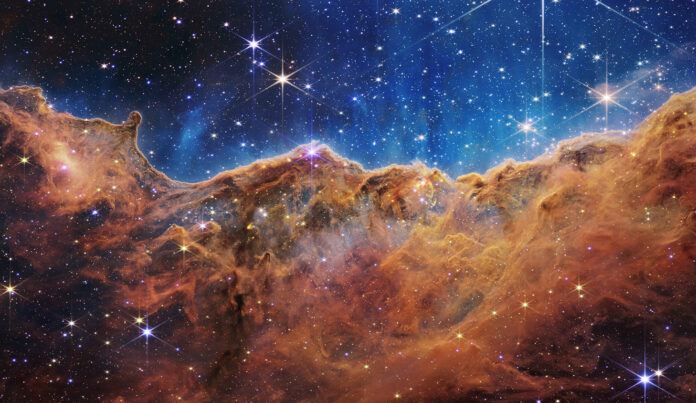I had the privilege of attending a private screening of the IMAX film, DEEP SKY, in Los Angeles, California. This documentary is a profound educational journey tailored for those with a keen interest in space exploration, NASA, and scientific inquiry.
DEEP SKY presents breathtaking imagery captured by NASA’s Webb Telescope, transporting viewers on an unparalleled expedition to the origins of time and space. Directed by the Oscar®-nominated filmmaker Nathaniel Kahn and narrated by the acclaimed actress Michelle Williams, the film delves into the ambitious global endeavor to construct and launch the James Webb Space Telescope (JWST). Positioned a million miles from Earth, the JWST seeks to address fundamental existential questions that have intrigued humanity for eons: Where do we come from? How did the universe commence? Are we alone? Over 13 billion years in the making, Deep Sky unveils the cosmos in unprecedented detail, leveraging the awe-inspiring imagery relayed by NASA’s revolutionary telescope and presenting it on the grand canvas of IMAX screens.
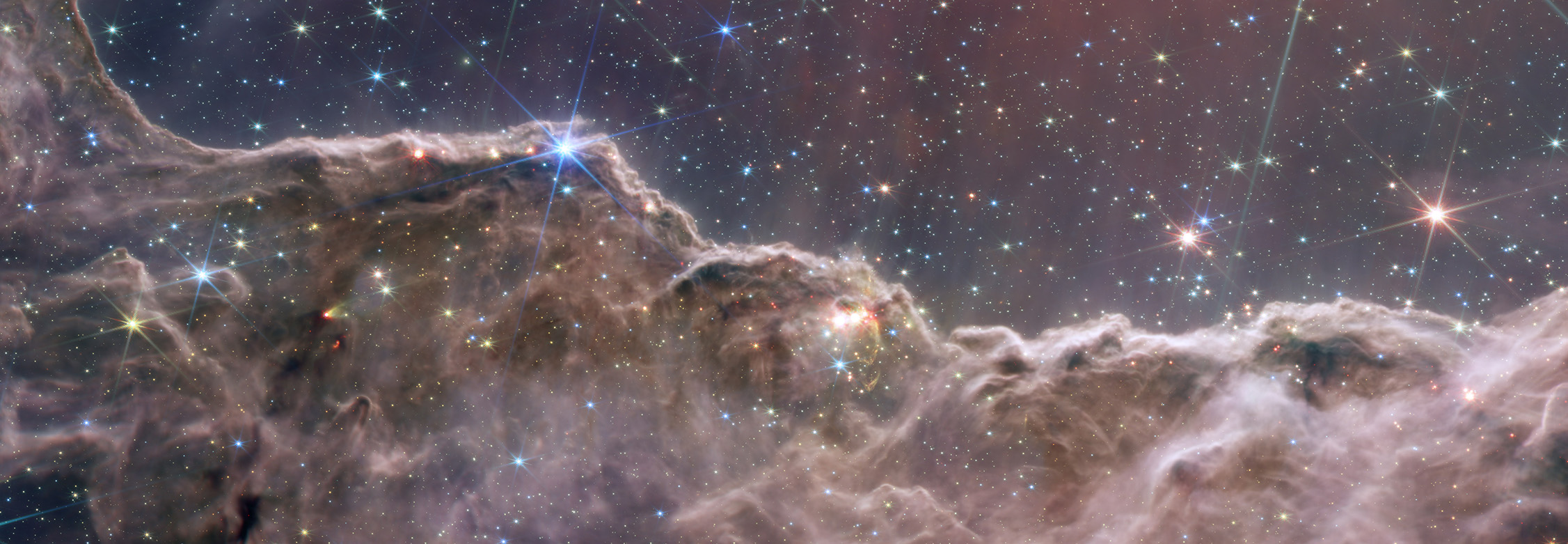
An original documentary by IMAX Entertainment, DEEP SKY is a production of Crazy Boat Pictures helmed by Nathaniel Kahn. Michelle Williams lends her captivating voice as the narrator, while Nathaniel Kahn serves as the writer and director, alongside producers Bonnie Hlinomaz and Nathaniel Kahn. The executive production team includes John Turner, Matt Mountain, Sandra Evers-Manly, and Gerry Ohrstrom. Complemented by Paul Leonard-Morgan’s musical score and Robert Richman’s cinematography, the film is expertly edited by Brian Johnson, a.c.e., and Jay Keuper.
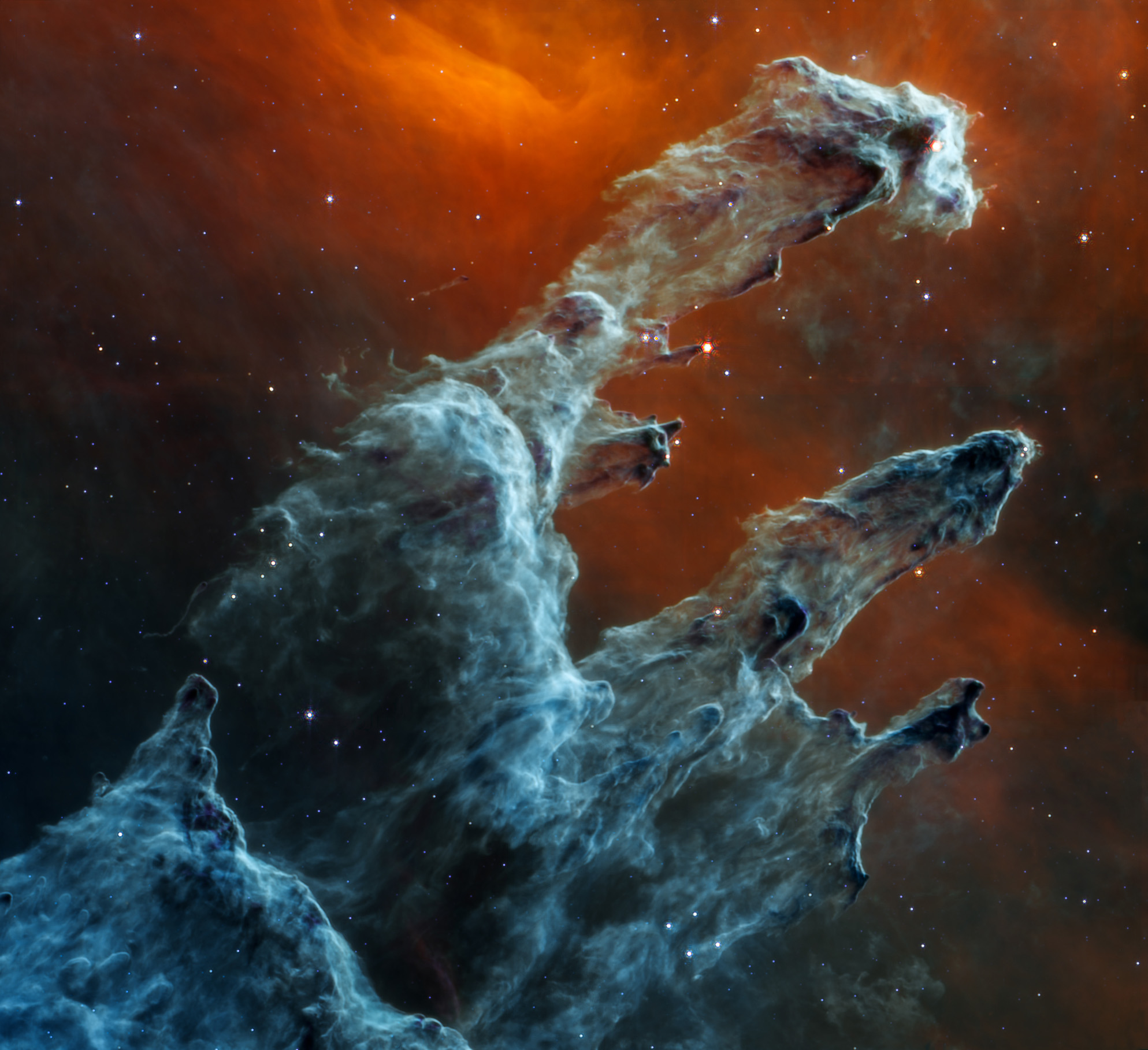
DEEP SKY by Nathaniel Kahn offers a cinematic experience like no other, chronicling the monumental journey of the JWST from conception to its ongoing mission. Through IMAX’s immersive format, viewers embark on a cosmic odyssey, witnessing the marvels of space and retracing the genesis of the universe itself.
Nathaniel Kahn, drawing inspiration from his childhood fascination with the stars, emphasizes the profound impact of the IMAX platform in rekindling a sense of wonder. Collaborating with Michelle Williams, Kahn underscores the importance of narration in elucidating the complex narrative surrounding the JWST’s creation and exploration.
The film pays homage to the legacy of astronomical discovery, from Galileo’s humble telescope to the groundbreaking capabilities of the JWST. This technological marvel, a collaboration between NASA and international partners, promises to revolutionize our understanding of the cosmos. With its unparalleled sensitivity to infrared light, the JWST peers back in time, offering glimpses of the universe’s infancy mere moments after the Big Bang. DEEP SKY showcases these remarkable achievements, inviting audiences to marvel at the cosmic tapestry unveiled by the telescope’s lens.
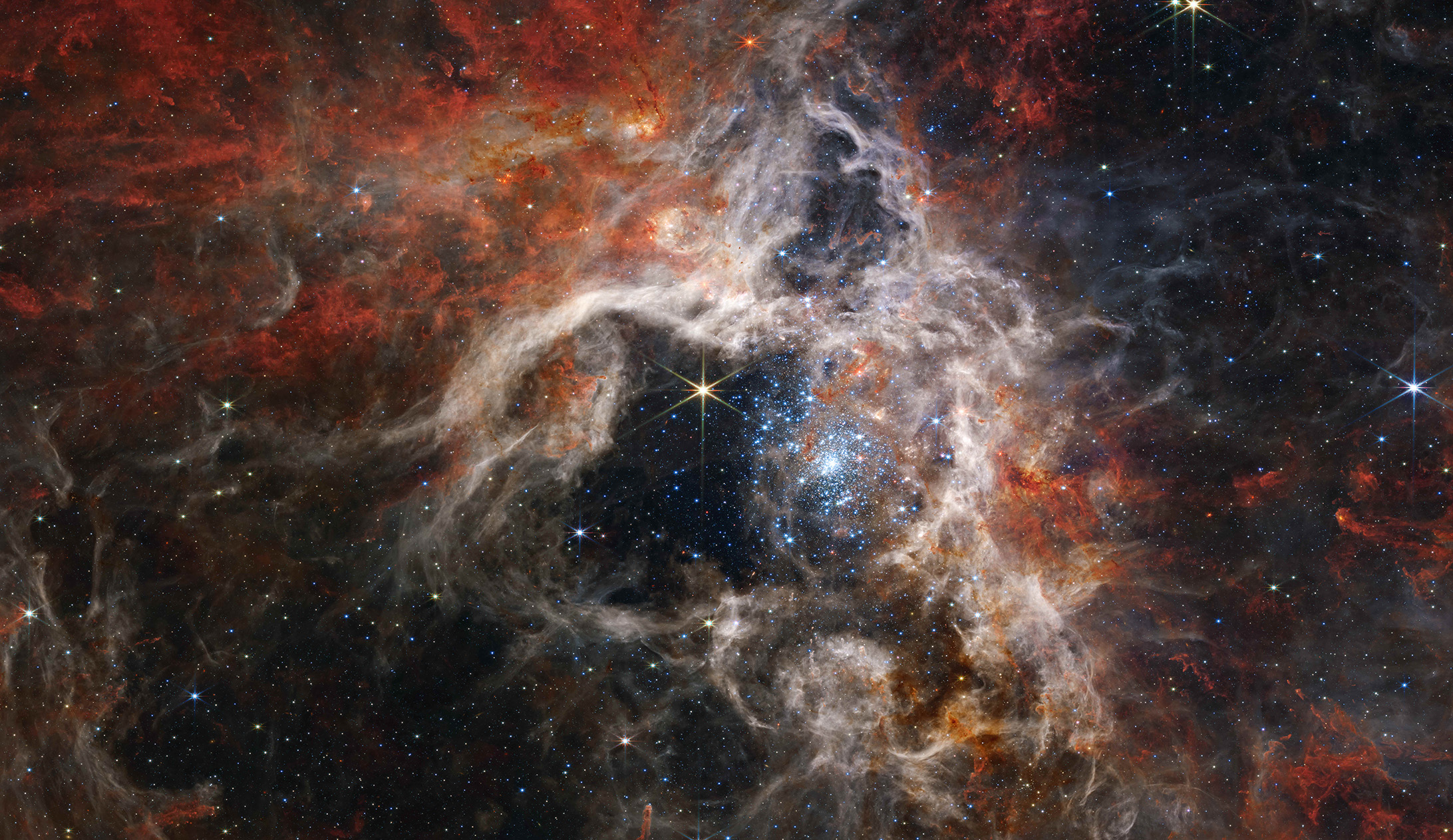
Nathaniel Kahn’s cinematic repertoire, spanning from acclaimed documentaries to Emmy-winning features, underscores his adeptness in storytelling. Building upon the success of his previous works, DEEP SKY marks a culmination of Kahn’s passion for exploration and his commitment to inspiring wonder in audiences worldwide. As the film unfolds on the expansive canvas of IMAX, viewers are invited to contemplate humanity’s place in the vast expanse of the cosmos and to marvel at the beauty and mystery of the universe.
The captivating journey of DEEP SKY commences at NASA’s Goddard Space Flight Center, five years preceding the momentous launch of the James Webb Space Telescope (JWST). Here, audiences are introduced to the brilliant minds driving this ambitious project, from Amy Lo, Deputy Director for Vehicle Engineering at Northrop Grumman, Webb’s primary contractor, to NASA astrophysicist Amber Straughn, whose research delves into the mysteries of galaxy formation and evolution.
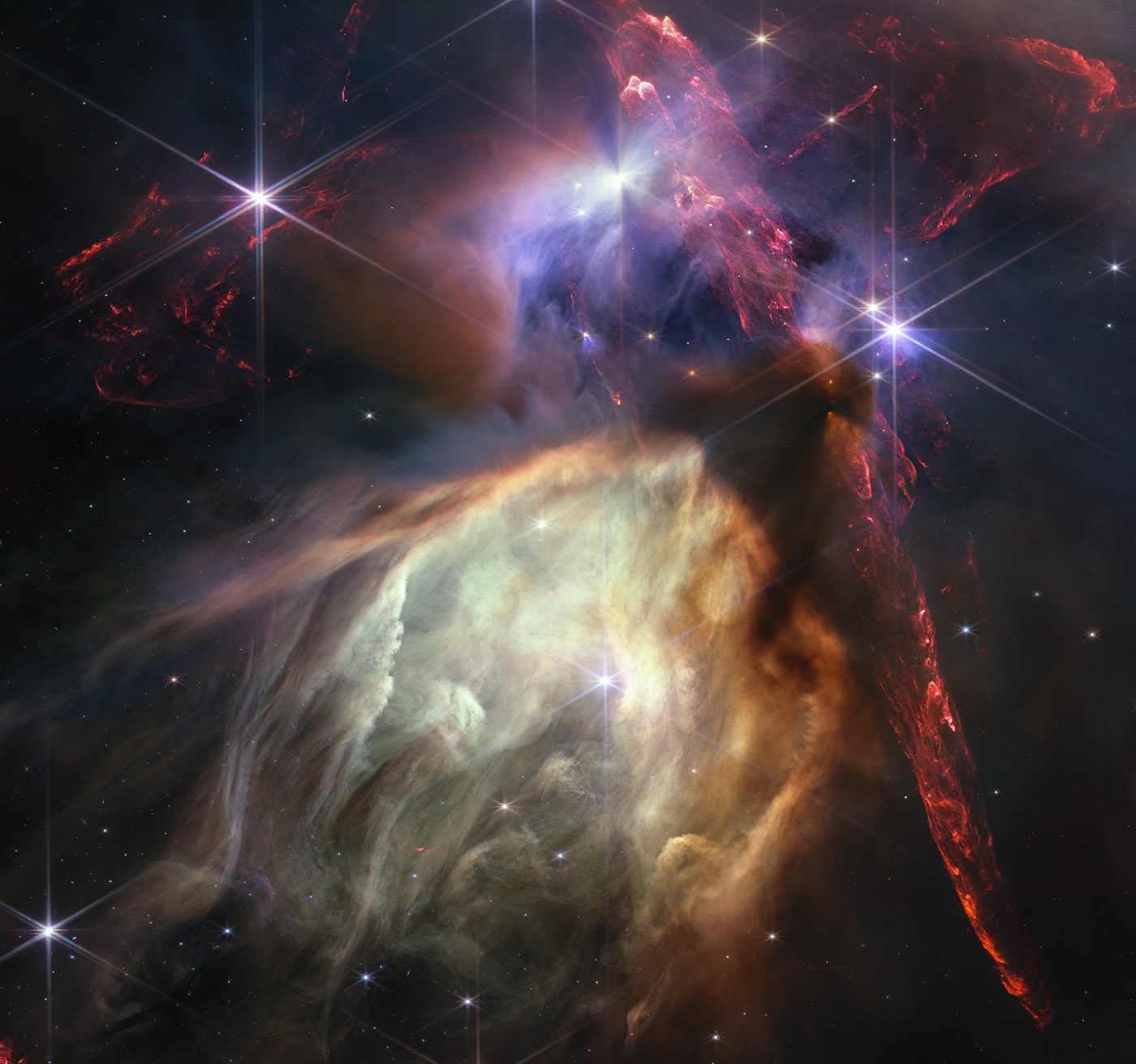
The initial mission objective of JWST was nothing short of monumental: to unveil the most ancient and distant celestial entities in the universe. This necessitated the creation of a colossal space telescope, one too large to fit within a conventional rocket. Thus emerged the unprecedented challenge of designing an instrument capable of folding and unfolding in orbit—an endeavor that had never been attempted before. JWST would emerge as the largest and most intricate space telescope ever constructed.
With a primary mirror boasting a diameter of 6.5 meters (21.3 feet), comprised of 18 individual segments coated with a delicate layer of gold, JWST’s precision is staggering. To put it into perspective, if the primary mirror were expanded to the size of the entire United States, no hill or valley would exceed three inches in height. Operating as an infrared telescope, JWST demands extreme coldness (below minus 370 degrees Fahrenheit), necessitating complete shielding from the sun. Its colossal mylar “sunshield,” akin in size to a tennis court, had to be meticulously folded to fit within the confines of the rocket.
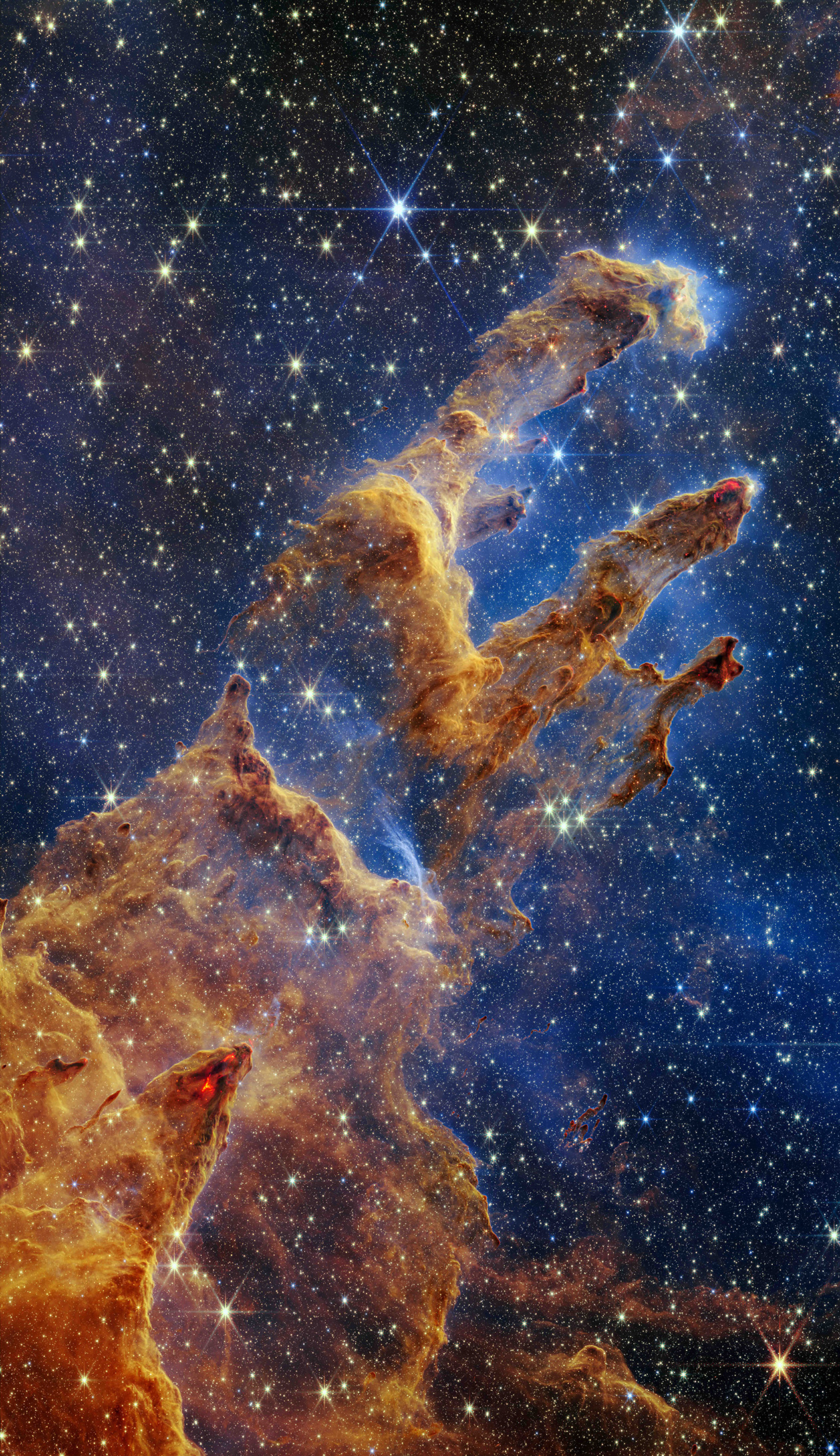
Conceived in 1996 as the “Next Generation Space Telescope,” JWST underwent two decades of intensive development at a cost of $10 billion. Originally slated for launch in 2011, the project encountered numerous delays due to rigorous testing and technical challenges. Crafting a deployable telescope for space posed an unprecedented feat, as emphasized by Nathaniel Kahn and Amy Lo. Lo underscores the irrevocable nature of the launch, emphasizing the imperative of precision and success in the telescope’s singular deployment.
On Christmas Day of 2021, the James Webb Space Telescope embarked on its historic journey, propelled into orbit atop an Ariane 5 rocket from Kourou, French Guiana. Over subsequent weeks, the telescope navigated to its designated orbit at L2, situated a million miles from Earth. Amidst this journey, JWST executed over forty critical deployments and surmounted 344 “single point failures,” each presenting potential mission-ending obstacles. Against the odds, the telescope emerged triumphant, transmitting its inaugural images to Earth on July 12, 2022.
The revelation of these images marked a profound moment for scientists like Amber Straughn, whose decades-long dedication culminated in tears of awe and fulfillment. Amy Lo echoes a sentiment of relief, acknowledging the weight of expectations resting upon JWST’s success. For Nathaniel Kahn, witnessing the transformative power of these images underscores the dawn of a new era in cosmic exploration.
Spanning nearly a decade, Kahn’s documentary traces JWST’s odyssey, capturing pivotal moments from its construction to its celestial observations. Filming took place across renowned space institutions, including NASA’s Goddard Space Flight Center and Northrop Grumman in California. Collaborations with Ball Aerospace in Colorado, The Space Telescope Science Institute in Baltimore, and the University of Bristol in the UK enriched the narrative. The film integrates digital cinematography from NASA, ESA, and Arianespace, alongside original graphics and animations tailored for the IMAX format.
Post-production efforts in Los Angeles and New York, accompanied by a score recorded in Los Angeles and Budapest, culminated in the meticulous crafting of DEEP SKY. Yet, amidst the technical intricacies, Kahn faced the exhilarating challenge of integrating the continuous influx of awe-inspiring images from JWST itself. Each revelation, from distant planets to outer solar system marvels, reshaped the narrative landscape, guiding the film’s evolution. DEEP SKY, thus, stands as a testament to humanity’s insatiable quest for understanding, guided by the breathtaking vistas of the cosmos.
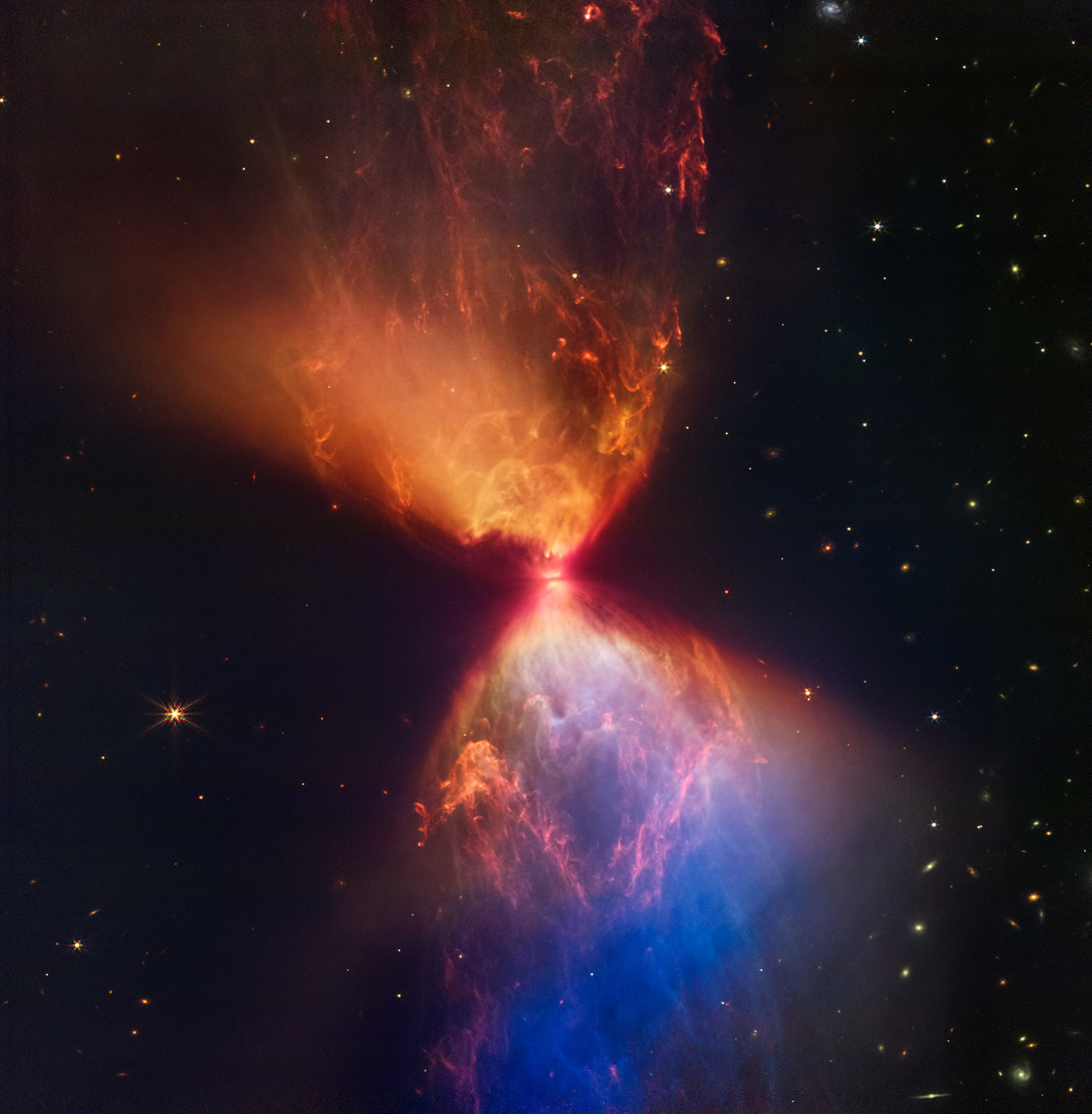
With its unparalleled capacity to delve into the cosmos at previously unreachable distances and infrared wavelengths, the James Webb Space Telescope (JWST) has unveiled mesmerizing vistas of celestial phenomena. From “stellar nurseries” to enigmatic black holes, JWST has revolutionized our comprehension of stellar birth and demise, as well as the evolutionary trajectories of galaxies. It has provided fleeting glimpses of the nascent universe, offering snapshots of its appearance mere hundreds of millions of years after the cataclysmic event of the Big Bang.
Moreover, JWST has ventured closer to home, capturing unprecedented imagery of the planets within our solar system. Furthermore, it has embarked on an extraordinary exploration of exoplanets—worlds orbiting stars beyond our solar system. Building upon the foundational discoveries of its predecessor, Hubble, JWST possesses the capability to discern subtle traces of light absorbed by gases in the atmospheres of exoplanets. This groundbreaking feat allows scientists to metaphorically “sniff the air” of distant alien worlds. Indeed, the most profound legacy of JWST, or potentially a future, larger space telescope, could be the revelation of an exoplanet harboring conditions conducive to life as we know it.
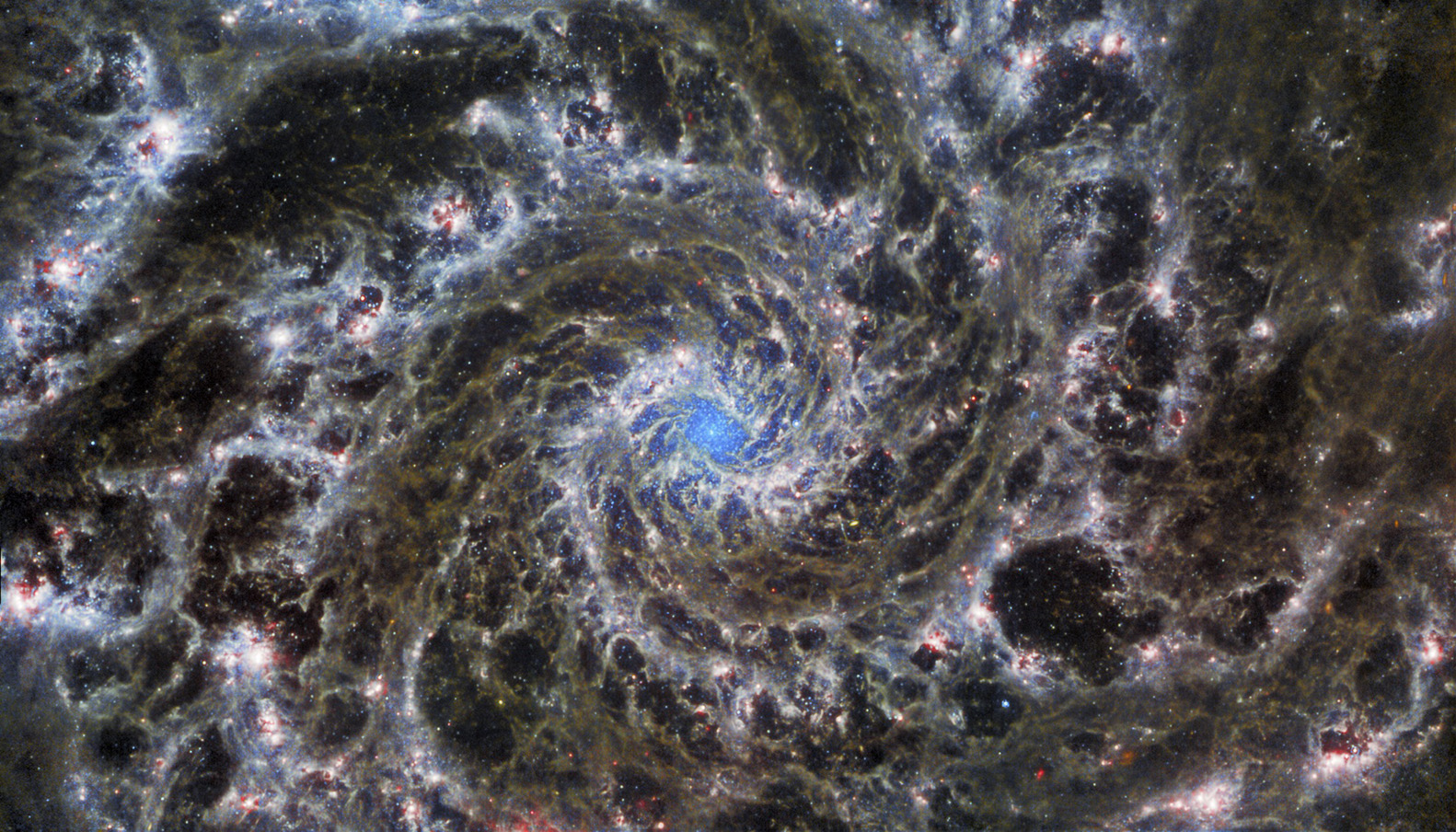
Nathaniel Kahn articulates his aspiration for DEEP SKY, expressing a desire to instill in audiences a sense of wonder for astronomy, the universe, and our origins. By immersing viewers in the unfolding narrative of cosmic exploration and contemplating the possibility of extraterrestrial life, Kahn hopes to ignite curiosity and inspire further inquiry into the mysteries of the cosmos. If Deep Sky succeeds in fostering an enduring fascination with these profound questions and encourages individuals to embark on their own journeys of discovery, Kahn’s vision for the film will be realized.
In discussing DEEP SKY and the significance of the James Webb Space Telescope (JWST), filmmaker Nathaniel Kahn sheds light on its game-changing attributes.
Kahn elucidates that throughout the annals of telescope history, the mantra has been “the bigger, the better.” A larger telescope translates to a greater capacity for gathering light, thereby extending our vision both outward into space and backward into time—an inherently enthralling aspect of telescope exploration. Light’s finite speed means that observations provide glimpses into the past rather than a real-time portrayal of celestial phenomena. For instance, observing the moon entails witnessing its state as it existed approximately a second and a half ago, while discerning changes in the sun would take us about eight minutes due to its distance. However, delving deeper into space allows us to peer back thousands, even millions, of years, prompting profound questions about the universe’s origins, age, and dimensions. To grapple with these inquiries, ever-expanding telescopes are imperative, enabling us to delve further into space and unravel its chronicles.
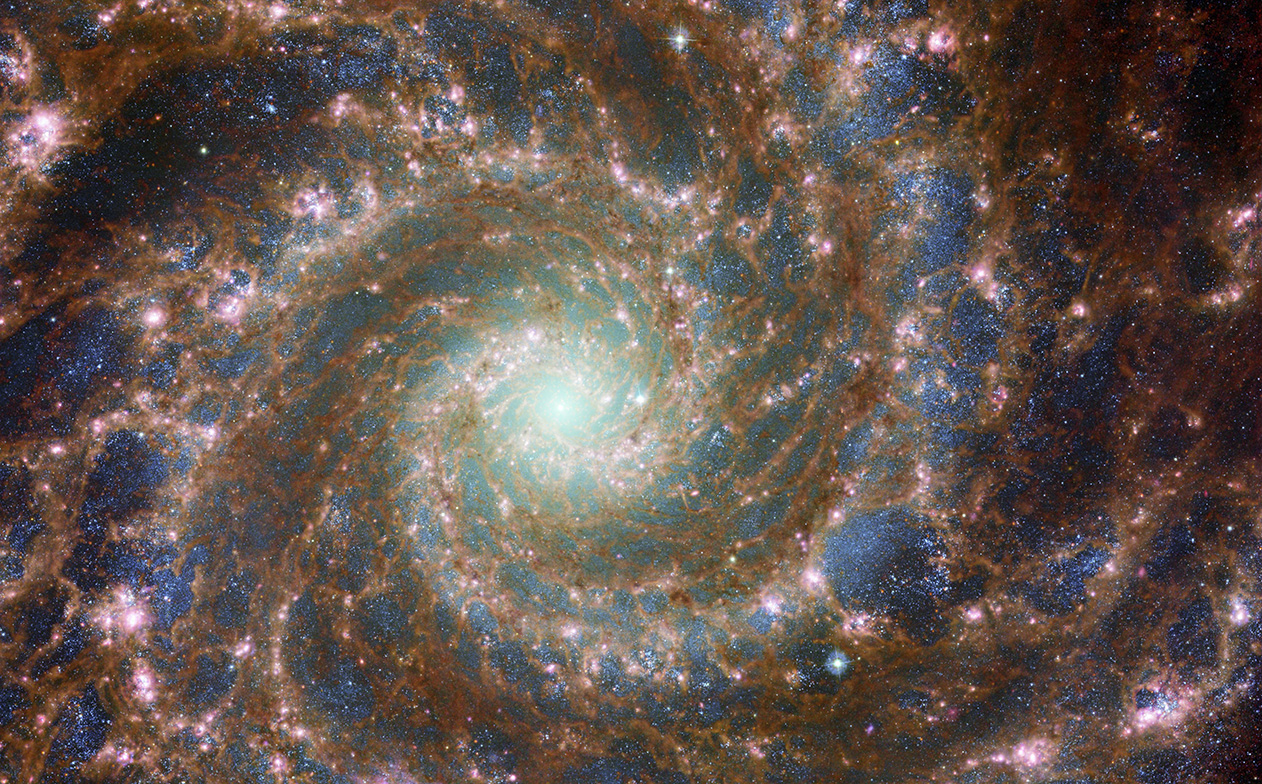
Yet, terrestrial limitations hindered the scope of astronomical observation. The Earth’s atmosphere, while conducive to life, distorts celestial imagery, impeding deep-space exploration. The solution? Placing telescopes in space, epitomized by the iconic Hubble Space Telescope launched in 1990. However, Hubble faced constraints, notably its single-piece mirror, which imposed size restrictions due to launch logistics. To probe the universe’s farthest reaches, a larger instrument was imperative. Enter JWST—the paradigm-shifter. Its deployable design transcends the constraints of its launching vehicle, unfolding in space to achieve unprecedented dimensions. Moreover, JWST operates as an infrared telescope, probing wavelengths beyond human vision. This shift enables exploration of a realm heretofore obscured, unveiling the mysteries of the universe concealed within non-visible wavelengths. In essence, JWST signifies a watershed moment, liberating space exploration from its former confines and empowering humanity to unravel the universe’s enigmatic tapestry with each unfolding revelation.
In exploring the motivations behind crafting DEEP SKY for IMAX, Nathaniel Kahn reflects on his journey of following the development of JWST over several years, capturing its construction on film. He acknowledges the moments of doubt that arose during this process, pondering the feasibility of the telescope’s success. However, witnessing the telescope’s operational triumph and the breathtaking imagery it transmitted ignited a profound excitement within him. The challenge then became how to effectively convey the magnitude, beauty, and scientific significance of these images to audiences.
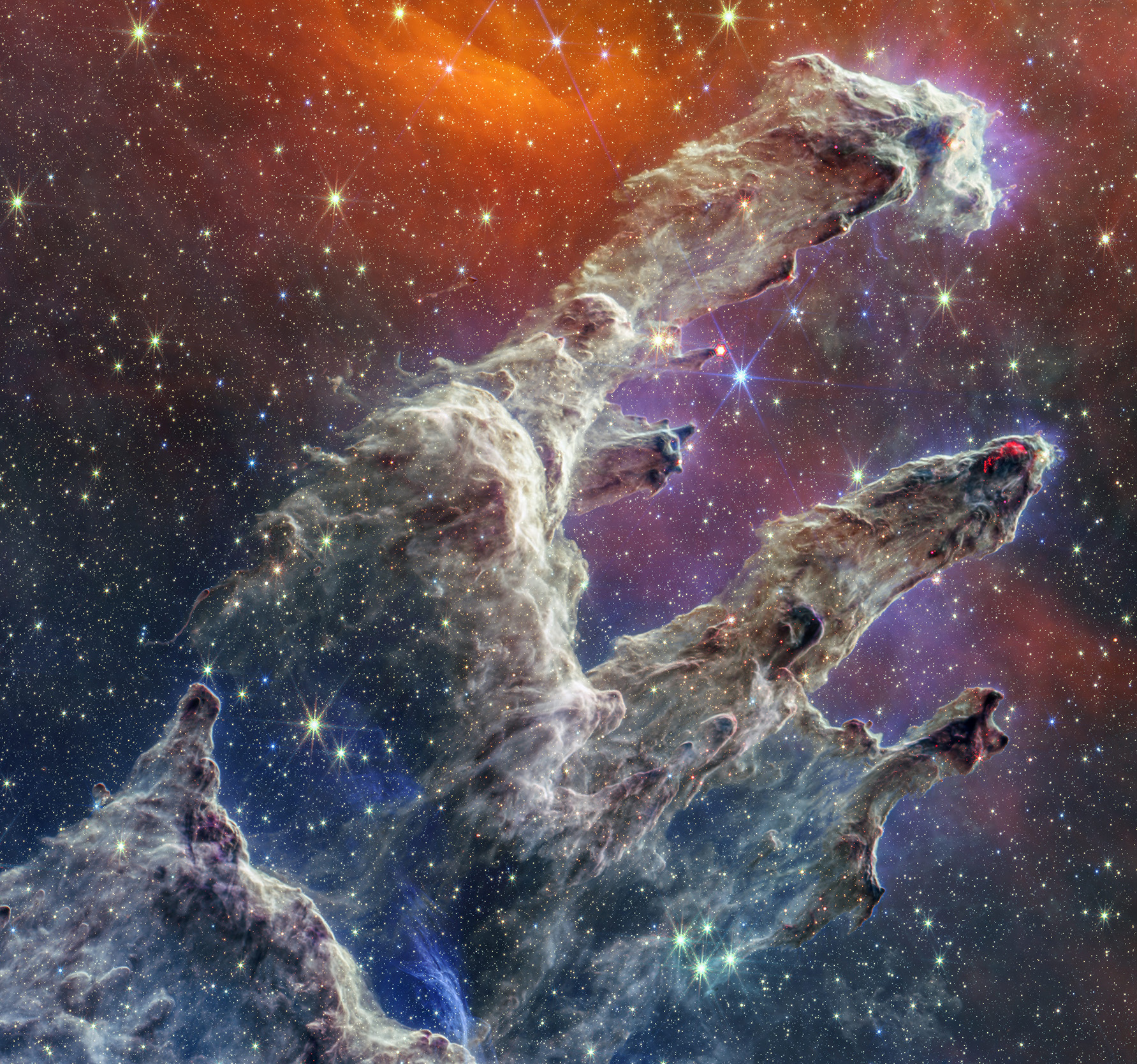
For Kahn, the allure of IMAX lies in its unparalleled ability to immerse viewers in the vastness of space. By enlarging the images to IMAX proportions, the scale and grandeur of the cosmos become palpable, offering an immersive experience akin to being within the universe itself. The vastness of space, often difficult to comprehend, becomes more tangible when projected onto the expansive canvas of an IMAX screen.
When asked about any adjustments in his filmmaking approach for IMAX, Kahn acknowledges the distinctive nature of the medium. Unlike traditional filmmaking, where directors dictate the audience’s perspective through shot selection, IMAX allows for a more immersive and interactive experience. The expansive screen size encourages prolonged wide shots, inviting viewers to explore and engage with the imagery at their own pace. This departure from traditional film language presents a learning curve for Kahn, likening the process to working in theater, where the audience has agency in directing their attention.
Ultimately, IMAX serves as the ideal medium for DEEP SKY, providing a platform where audiences can not merely observe, but actively immerse themselves in the breathtaking wonders of the universe, transcending the constraints of conventional filmmaking.
As DEEP SKY from IMAX Entertainment prepares to captivate audiences on the big screen starting April 19, 2024, anticipation builds for an extraordinary voyage through the cosmos. Filmmaker Nathaniel Kahn’s deliberate selection of awe-inspiring imagery captured by the James Webb Space Telescope (JWST) promises to awaken a sense of wonder and curiosity, inviting viewers to ponder the vastness of space and humanity’s significance within it. With its immersive storytelling and unmatched visual spectacle, DEEP SKY marks a pivotal moment in celestial exploration, where the mysteries of the universe unfurl in breathtaking detail. As we eagerly await the premiere of DEEP SKY, we are reminded of the endless possibilities of human exploration and our enduring quest to uncover the secrets of the cosmos.


